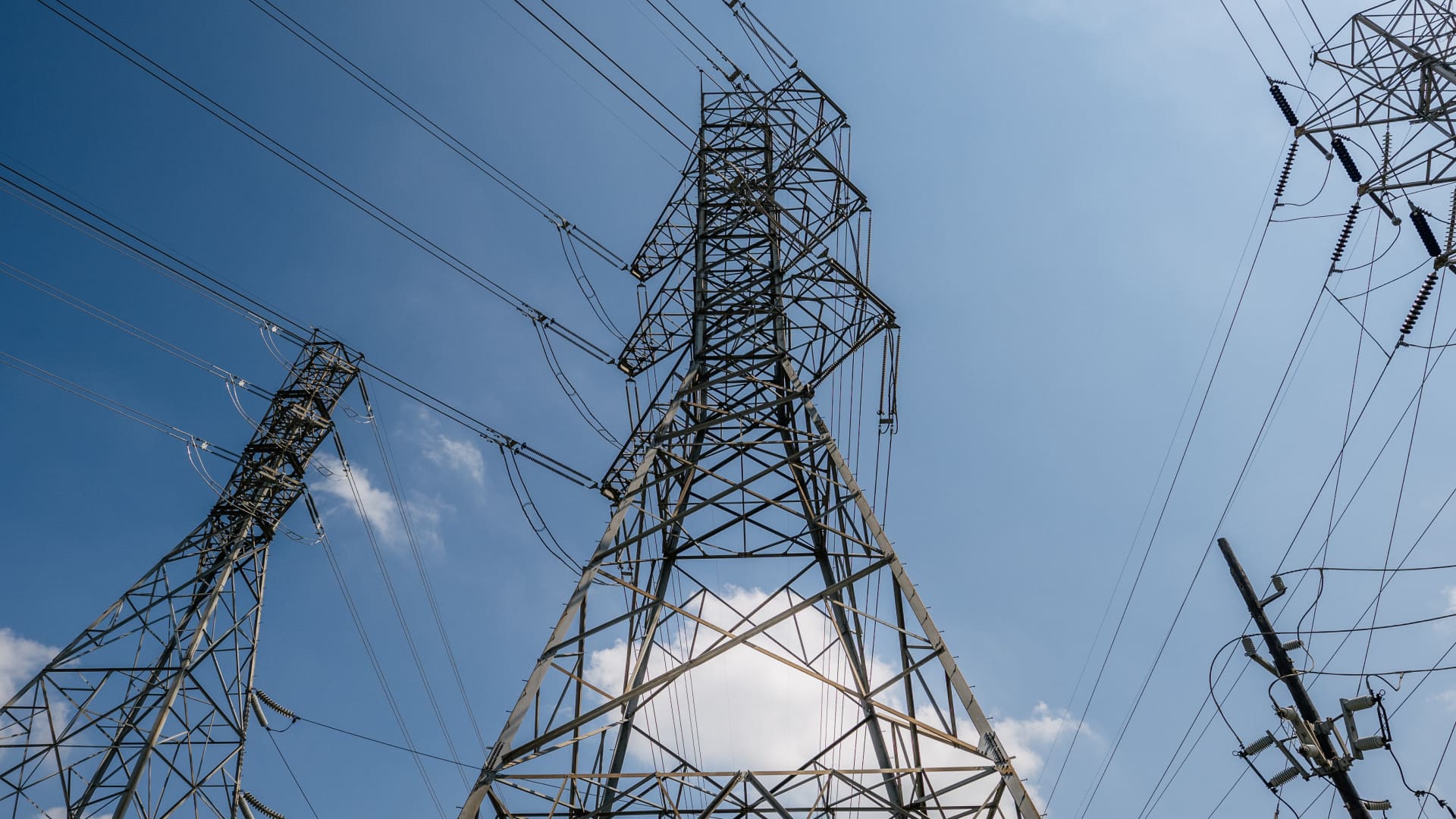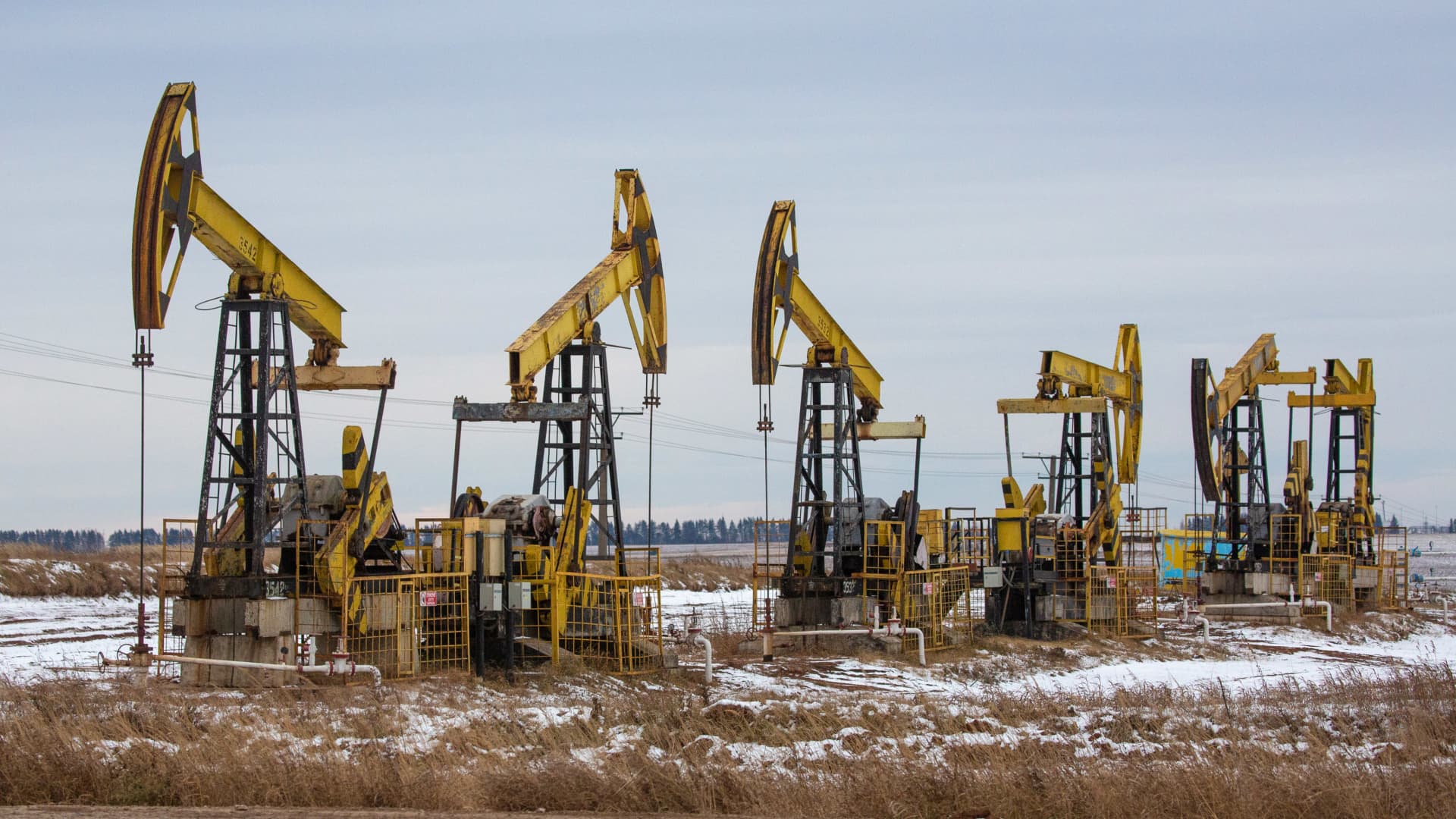Texas paid bitcoin miner Riot $31.7 million to shut down during heat wave in August


During the crypto boom of 2021, Riot Platforms was raking in cash from bitcoin mining. Now the company is losing so much money that it’s counting on energy credits from selling power back to the Texas grid to keep its costs under control.
Riot said on Wednesday that it earned $31.7 million in energy credits last month from Texas power grid operator ERCOT. The company generated the credits by voluntarily curtailing its energy consumption during a record-breaking heatwave.
The total value of the credits dwarfed the 333 bitcoin the company mined in August, worth about $8.9 million dollars as of the end of the month.
“August was a landmark month for Riot in showcasing the benefits of our unique power strategy,” said Jason Les, CEO of Riot, in the company’s press release. “The effects of these credits significantly lower Riot’s cost to mine Bitcoin and are a key element in making Riot one of the lowest cost producers of bitcoin in the industry.”
It’s a dramatic strategy shift for Riot, whose revenue soared almost 8,000% in 2021 from booming demand for bitcoin. The crypto market reversed in 2022, leading to a net loss of over $500 million for the year. In the latest quarter, the company lost $27.7 million.
Bitcoin’s recovery this year from 2022’s lows has boosted Riot’s stock, which is up about 230% so far in 2023, closing Wednesday at $11.24. But it’s still way down from its 2021 peak of $77.90.
Bitcoin miners broadly have struggled amid low trading volume, according to an analyst note from JPMorgan Chase on Sept. 1. The firm found that the market cap of the 14 U.S.-listed bitcoin miners it tracked fell 21% in August to $9.7 billion. Riot was the worst-performing stock in that list, falling 39% for the month.
Ballooning energy prices have also helped to drag down profits for the sector, so companies have turned to alternative sources of income.
Paying miners to power down
The Electric Reliability Council of Texas, or ERCOT, has a relatively simple and mutually beneficial relationship with bitcoin miners. The agency, through established “demand response” programs, pays miners to reduce their power so as not to overstress the grid when air conditioners need to run at full blast. In addition to summer difficulties, ERCOT also failed during the fatal winter storm of early 2021.
Riot’s latest credits consist of $24.2 million from energy sold back to the ERCOT grid and $7.4 million in demand response credits.
For years, Riot has been powering down operations at its Rockdale mine, about an hour from Austin, to help ease the burden on the state’s grid.
ERCOT has historically struggled with fluctuating energy prices and sporadic service, so it strikes deals with flexible energy buyers like crypto miners. The agency also counts on bitcoin miners to soak up excess power when there’s too much supply, keeping prices in check.
Texas has made itself an ally to the bitcoin mining industry through credits, but the financial incentives hit a snag in early 2023. A bill to cut off the mining industry from those credits – SB 1751 – passed the Texas State Senate in April, but ultimately stalled out in a House committee.
Instead, state lawmakers passed two mining-friendly bills expanding incentives and cutting red tape for the industry. Those went into effect on Sept. 1.
The economic equation revolves around how much money the miners are losing by not being up and running. If the grid operators pay the miners a penny more than they would have made from mining in any given hour, then they’ll gladly power down.
“All you have to do is pay the miners slightly more than what they would have made mining for bitcoin that hour,” said bitcoin mining engineer Brandon Arvanaghi, who now runs Meow, a company that enables corporate treasury participation in crypto markets. Arvanaghi calls the setup a “a win-win.”
Marathon’s Fred Thiel previously told CNBC that from his experience, the companies get curtailment requests less than 3% of the time in the course of a year, which he estimates comes to about five to ten hours a month. Even bitcoin miners that haven’t cut a deal with ERCOT sometimes choose to power down at times of peak consumption when prices shoot higher.
Unlike the rest of the continental U.S. that belongs to one of two interconnected grids, 90% of Texas runs on ERCOT, a deregulated and independent network of energy providers that’s not tethered to any other grid in the U.S.
While competition in the market often drives down the price of power as providers compete on cost to capture customers, it also means that there’s less of a safety net baked into the grid. Adding a “controllable load resource” like bitcoin miners to the grid acts as a sort of life insurance policy, or a hedge against disaster.
WATCH: Bitcoin family tracks moon cycles to make investment decisions
This post has been syndicated from a third-party source. View the original article here.




